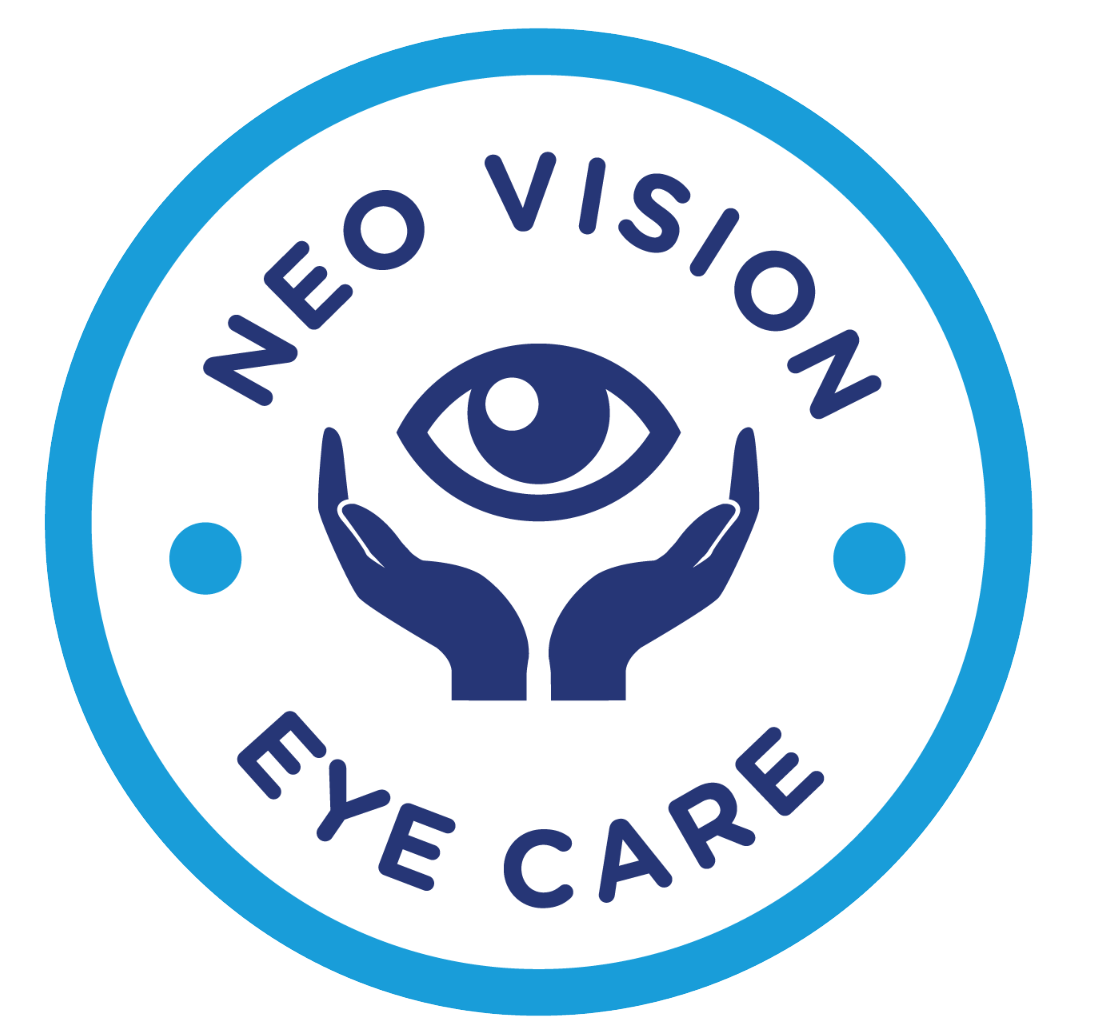Eye health is a vital part of overall well-being. Unfortunately, awareness about various eye conditions, like strabismus, isn’t as widespread as it should be. What is strabismus, you might wonder? It is a condition where the eyes don’t properly align either when looking straight ahead or when focusing on a particular object. In this blog, we’ll dive into what it means to have strabismus, uncover strabismus causes, explore strabismus signs and symptoms, and take a peek at how strabismus diagnosis and treatment work.
Understanding Strabismus and Its Causes
When you think of eyes, you probably picture two eyes working together, focused on the same thing. However, this isn’t always the case for everyone. Strabismus, often known as “crossed eyes,” can impact our perception and daily living significantly. It affects around 4% of people worldwide, making it a more common condition than you might think.
There are several strabismus causes. Genetics play a part, meaning if your parents had it, there might be a chance you could too. Some people are born with it, while others might develop it later due to conditions affecting the brain, like cerebral palsy. Neurological issues impacting nerves that control the eye muscles can lead to misalignment. Health concerns such as a head injury can also result in strabismus.
Understanding what is strabismus and its causes allows us to appreciate why learning about this condition is crucial. It helps ensure those affected can access necessary healthcare. Recognizing early strabismus signs can prevent long-term vision problems. Start by visiting an eye doctor if you notice anything unusual.
The Different Faces of Strabismus: Types and Symptoms
Strabismus comes in different types, each with its unique features. The most common types include:
- Esotropia: This is when one or both eyes turn inward.
- Exotropia: This type makes one or both eyes turn outward.
- Hypertropia: Here, one eye moves upward compared to the other.
- Hypotropia: This is characterized by one eye moving downward.
Each type has unique strabismus symptoms like eye misalignment, double vision, or a lazy eye. An eye that tends to wander can be not only a physical challenge but also impact daily life significantly.
Some strabismus signs might be less obvious. One eye looking different from the other, a squinting appearance, or frequent headaches after reading or focusing on objects are common indicators. These symptoms may seem mild, but they can affect self-esteem and confidence, especially in social settings. The psychological impact can sometimes outweigh the visible issues.
Diagnosis, Myths, and Treatment: The Path to Better Eye Health
Catching strabismus early improves life quality. Strabismus diagnosis involves eye exams, usually done by an eye specialist. They may ask about family history, check eye movements, and even explore how the eyes work together. Some might believe children will “grow out of it,” but that’s not always true. Myths around strabismus treatment can delay seeking help. However, the right intervention can significantly improve vision.
For strabismus diagnosis, visiting an eye doctor is crucial. They use different tests to assess alignment, including cover/uncover tests and special charts. Diagnostic procedures might vary in different places; urban areas could have better resources than rural settings, posing a challenge in some regions.
Strabismus treatment options vary based on age and severity. Young children might benefit from eyeglasses or patches to strengthen the weak eye. Sometimes exercises can help improve coordination. In more severe cases, surgery might be necessary to adjust the muscles controlling the eyes. Technological advancements mean these treatments are more effective than ever. It’s essential to continue researching and learning to offer better solutions.
Conclusion: Encouraging Awareness and Action
In summary, gaining knowledge about what is strabismus and understanding its symptoms fosters better decision-making for health. Early detection and proper strabismus treatment can lead to better outcomes. It’s vital to prioritize eye health, not just when problems arise but consistently over time. If anything seems amiss, consult a specialist without delay.
We encourage you to share any experiences, seek regular eye check-ups, and leverage available resources. These proactive steps can lead to better eye health at every life stage. Look out for more information and support from online sources or local health professionals.
Strabismus, commonly known as crossed eyes, is a condition where the eyes are not properly aligned, which can lead to issues with depth perception, double vision, and even amblyopia (lazy eye) if left untreated. Early diagnosis and treatment are essential to correct the alignment and prevent further complications. Treatment options range from glasses and eye exercises to surgery, depending on the severity.
At Neo Vision Eye Care, our experienced ophthalmologists specialize in diagnosing and treating strabismus with personalized care plans tailored to each patient’s needs.
Consult Neo Vision Eye Care today to receive expert guidance and effective treatment to improve your eye health and vision.


